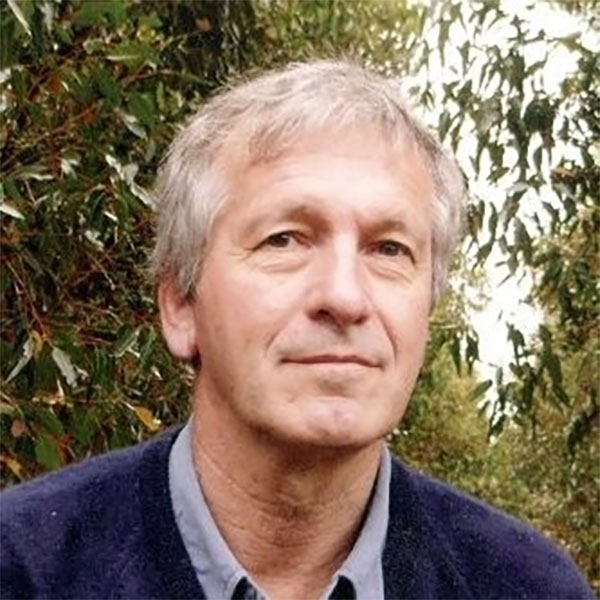Victorian Bioenergy Network
About
The Victorian Bioenergy Network (VBN) is a collective of organisations dedicated to advancing bioenergy as a renewable energy source. Our mission is to collaborate with state and local governments, industry, and various sectors to promote the utilisation of biomass for renewable energy production. The key sectors include Water, Agriculture, Food production, Waste (Resource Recovery) and Industrial uses of energy.

Introduction
The Victorian Bioenergy Network (VBN) is a prominent industry body in Victoria dedicated to advancing bioenergy as a sustainable and renewable energy source. As a member-driven organization, our mission is to foster collaboration with state and local governments, industry stakeholders, and diverse sectors to promote the use of biomass for energy production.
VBN is committed to the development of bioenergy in Victoria, recognizing its critical role in establishing a thriving bioeconomy and supporting a low-carbon circular economy. We unite professionals and enthusiasts in the field of bioenergy to enhance collective knowledge, establish robust networks, and identify efficiencies in bioenergy production. By connecting stakeholders across the entire supply chain, VBN endeavors to serve as a trusted and authoritative source of information on bioenergy in Victoria, thereby contributing significantly to the region’s energy sustainability and economic prosperity.
Victorian Bioenergy Network
Our Members
VBN members believe that developing bioenergy in Victoria is crucial for establishing a bioeconomy and supporting a low-carbon circular economy. We aim to unite those engaged in or interested in bioenergy development to enhance collective knowledge, build robust networks, and identify efficiencies in bioenergy production. By connecting stakeholders across the entire supply chain, we also strive to serve as a credible source of information on bioenergy in Victoria.
Meet Our Team
We have a passionate team of people committed to building the bioenergy industry here in Victoria.
Volunteers
We thank our dedicated volunteers for all they do to contribute to our mission.
Get Involved
Join the VBN and help build out the missing piece of our renewable energy future, bioenergy. Please read further to see how you can help.














